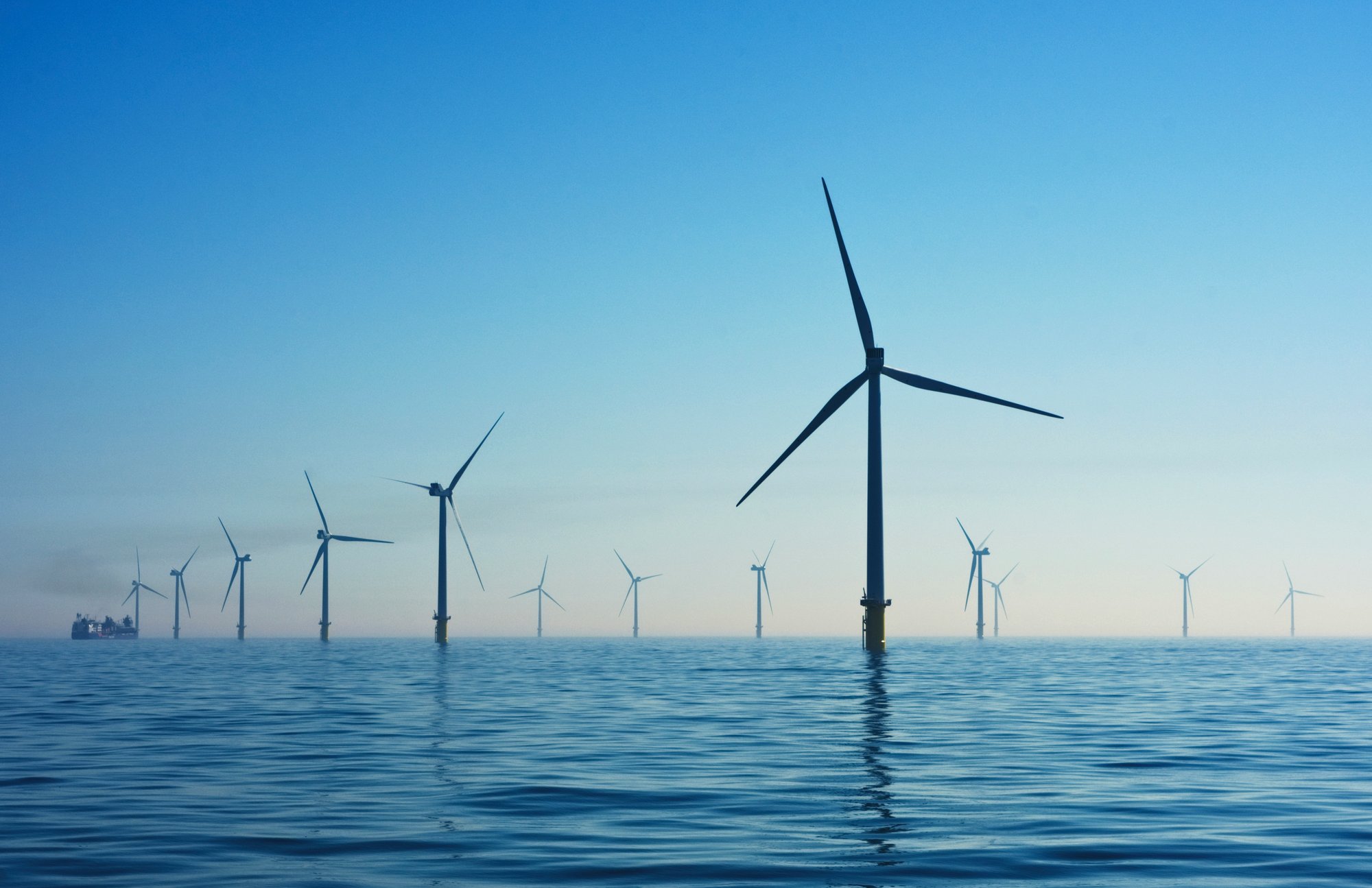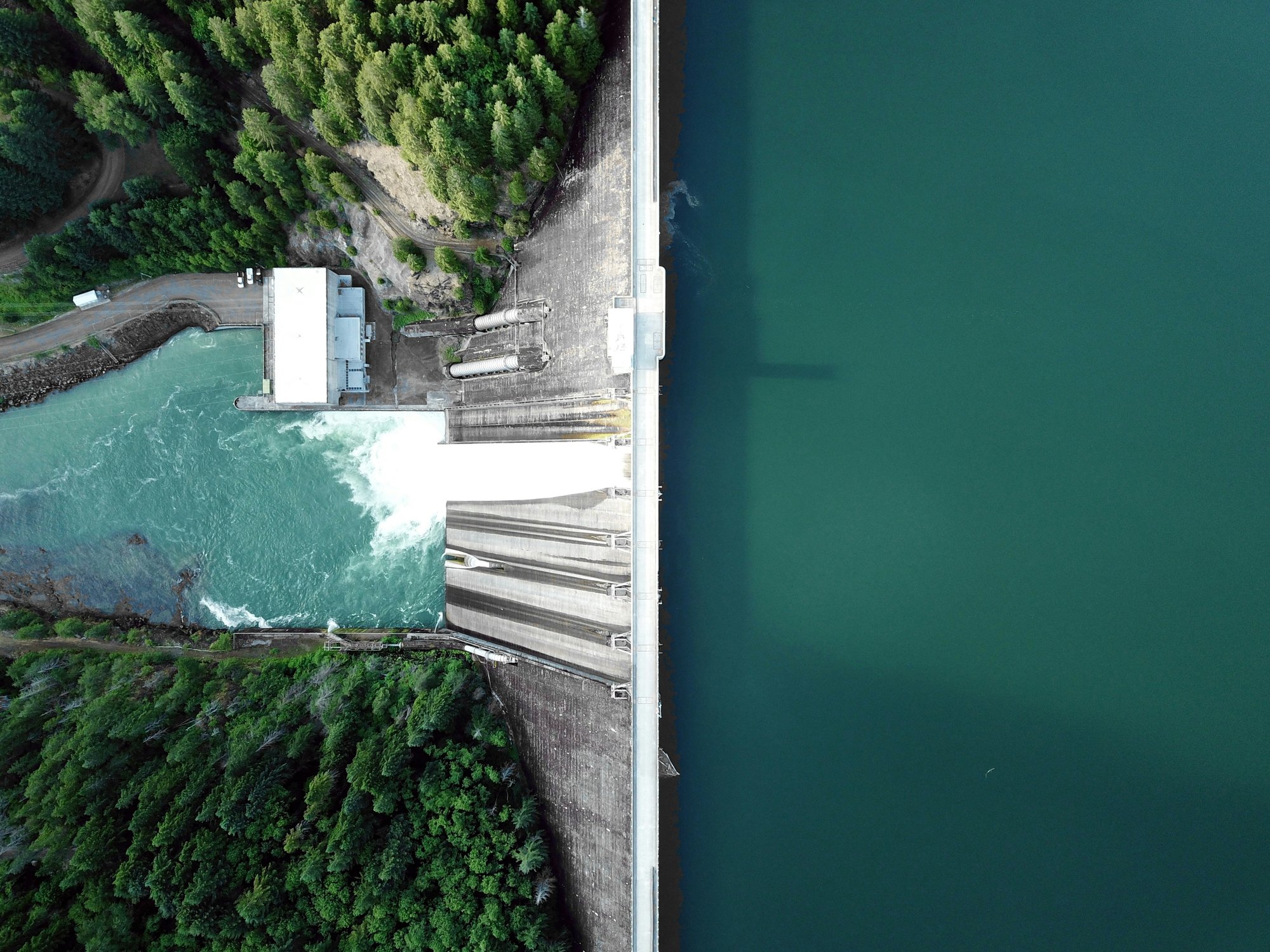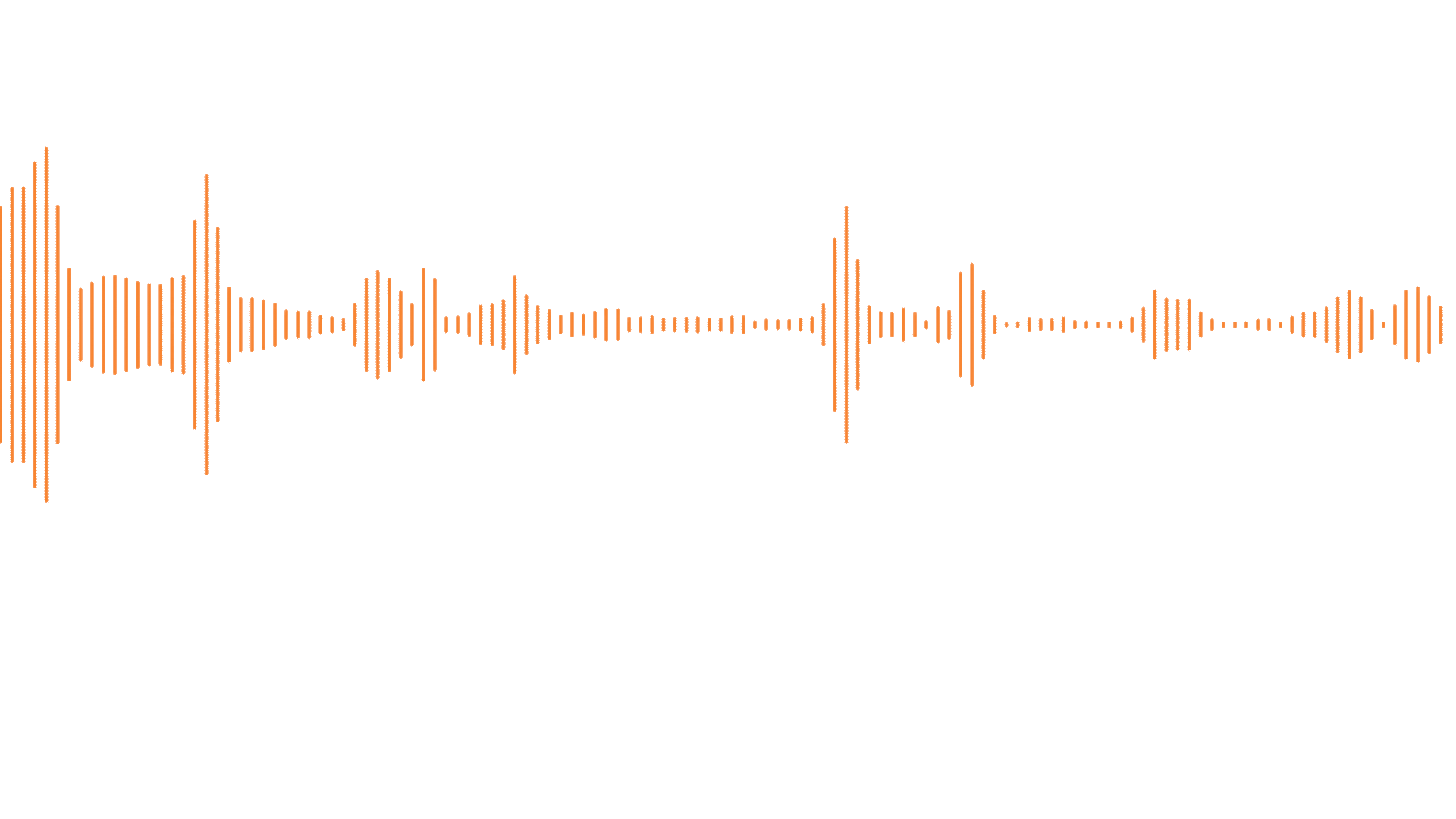Hearing Protection and Communications Solutions for Renewable Energy
Noise exposure in renewable energy is widespread. Studies show that workers in wind, solar, hydro, and bioenergy facilities are regularly exposed to noise levels exceeding 90 dB(A). Over time, this puts a significant percentage of the workforce at risk of permanent noise-induced hearing loss (NIHL).
Renewable energy plays a critical role in powering a sustainable future, but the work environments behind wind, solar, hydro, and bioenergy operations can expose workers to high levels of industrial noise. From rotating turbine blades and cooling fans to conveyors, grinders, compressors, and transformers, these processes can generate noise levels that often exceed 90–100 dB(A).
While slips, trips, and electrical hazards are widely recognized in renewable energy facilities, the risks of noise-induced hearing loss (NIHL) are often overlooked. Hearing damage develops gradually, making it less noticeable than other injuries — but it is permanent and irreversible. Workers exposed to unsafe noise levels during an 8-hour shift face long-term risks that can impact both safety and productivity.
A study of U.S. utilities workers (including hydroelectric power generation) found 25% prevalence of hearing loss among noise-exposed workers, significantly above the average across industries.
Occupational noise exposure contributes to 16% of disabling hearing loss cases globally.

Hearing Protection and Noise-Cancelling Communication Solutions for Renewable Energy
As renewable energy continues to expand globally, operational efficiency and workforce safety are more critical than ever. From wind farms to solar installations and bioenergy facilities, clear communication is essential to maintaining safe and effective operations. Sensear’s headsets help solve high-noise communication challenges while protecting workers against the long-term risks of industrial hearing loss.
Workers in renewable energy—such as turbine technicians, solar plant operators, and bioenergy facility crews—spend much of their time in noisy environments filled with rotating blades, heavy equipment, compressors, and electrical systems. While the effects of noise exposure may not be immediate, prolonged work around turbines, chippers, fans, or transformers can cause significant hearing loss without proper protection.
Hearing damage is preventable, but it cannot be undone. There is no surgery or cure for noise-induced hearing loss. Repeated exposure to high noise levels—whether from wind turbine generators, biomass hammer mills, or hydroelectric compressors—can lead to permanent hearing loss or tinnitus.
Find the Best Renewable Energy Headsets for Hearing Protection and Communication
Whether you are looking for over-the-ear or in-ear noise-reduction headsets, dual protection headsets, or intrinsically safe headsets, we have industry-leading solutions for the renewable energy industry. Contact us today, and we’ll help you find the best hearing protection solution.
Renewable Energy Blogs
Support Documents
- Manuals
- Data Sheets
- Technical sheets
- Declaration of Conformities
- Competitive Comparisons
- Training Documents








-Jun-27-2023-02-53-41-2583-PM.png?width=350&height=351&name=SM1R%20(350x351)-Jun-27-2023-02-53-41-2583-PM.png)
-4.png?width=350&height=351&name=SM1P%20(350x351)-4.png)
-1.png?width=350&height=351&name=SM1PBIS02%20(350x351)-1.png)
